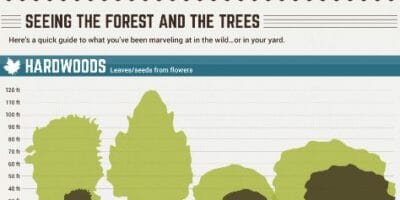Identifying The Requirement For Tree Elimination: An Overview For Homeowners
Identifying The Requirement For Tree Elimination: An Overview For Homeowners
Blog Article
Write-Up Produced By-Hermansen Lucas
Trees add charm and worth to home, however they can additionally posture a risk during extreme weather condition occasions. If a tree has stopped expanding, is exhibiting visible fungal development, or has a leaning trunk, it should be gotten rid of by an expert to avoid residential or commercial property damage and injury.
To get more information, participate in a property owner resource reasonable co-hosted by HPD, the Center for NYC Neighborhoods, and Brooklyn-based housing companions this night in Bedford-Stuyvesant. The occasion will certainly feature the Home owner Manual, a brand-new guide to assist house owners browse the obligations of owning a home.
1. Dead or Perishing Branches
Trees are an essential part of your home's landscape, using shade and appeal. tree removal auckland cost offer shelter for wildlife and generate oxygen, yet also healthy and balanced trees can experience illness that may necessitate their removal. Dead or dying trees aren't just unsightly, they can be dangerous. Their branches might fall during a storm, leading to costly residential or commercial property damages and injuries.
When a tree's branches begin to die, it means that its framework is beginning to break down. If most of its branches are dead, it is likely time to remove it.
Search for an absence of new growth, bark peeling, open injuries or cavities, fungi growing on the trunk or origins and a general appearance of decay in the whole canopy. These signs of infection can suggest a serious problem that will certainly require professional tree services to solve.
2. Leaning arborist slingshot
While it's typical for trees to lean periodically due to phototropism, if a tree has a dangerous or severe lean that's not due to natural processes - maybe an indicator that the tree requires to be gotten rid of. If the tree is favoring a high-voltage line, home, lorry, play structure or any other location that could be hazardous to people if it drops, then speaking to an expert tree solution for removal need to be a leading priority.
It's also crucial to look for any kind of sudden changes in a tree's leaning as it can suggest damages to the roots or trunk that may lead to falling. This is especially real throughout thundercloud, given that high winds and rain-soaked soil can trigger a lean to change quickly. Routine monitoring, especially throughout and after storms can help home owners acknowledge prospective troubles with their trees so they can call an arborist for a complete analysis.
3. Pest Problem
Some pest infestations, such as wood-boring bugs like emerald ash borer or sap-suckers like range insects, are so serious that they can cause a tree to die. The best method to prevent pest infestation is to check your trees on a regular basis. Seek places, holes, or discolorations in the fallen leaves and bark. Analyze the trunk for cracks and signs of insect damage, such as passages or tracks.
If a tree comes to be as well plagued with pests, or is close to a home or high-voltage line, an arborist may advise removal. If Read Significantly more leaning tree develops a new, unstable lean, an arborist will likely suggest elimination as well to ensure the safety and security of individuals and residential property. If a weakened or dead tree consistently drops extreme branches, it is an indicator that it is time to remove the tree. If a tree remains to lose branches for an extensive time period, it can bring about architectural troubles and prospective residential property damages.
4. Harmed Trunk
Trees are a beautiful and fundamental part of our landscape, however they do require normal like maintain them healthy and balanced and safe. If a tree is harmed irreparable it is most likely time for it to come down.
Try to find signs of damages to the trunk, consisting of upright fractures, joints, dead branch stubs, visible injuries or open cavities and severe tree-rot. The visibility of fungi at the base of the trunk is another alerting indicator. Fungis might show that the phloem and xylem (life-support tissues) are compromised, enabling the spread of illness or a future failure.
Also, take into consideration whether the tree has quit growing. Healthy and balanced trees will have new development each year, which might be visible as buds or branches sprouting and prolonging. If you do not see any brand-new development, it's an excellent idea to have an arborist assess the tree and follow their referral for removal. A dying or damaged tree can drop and trigger property damage.